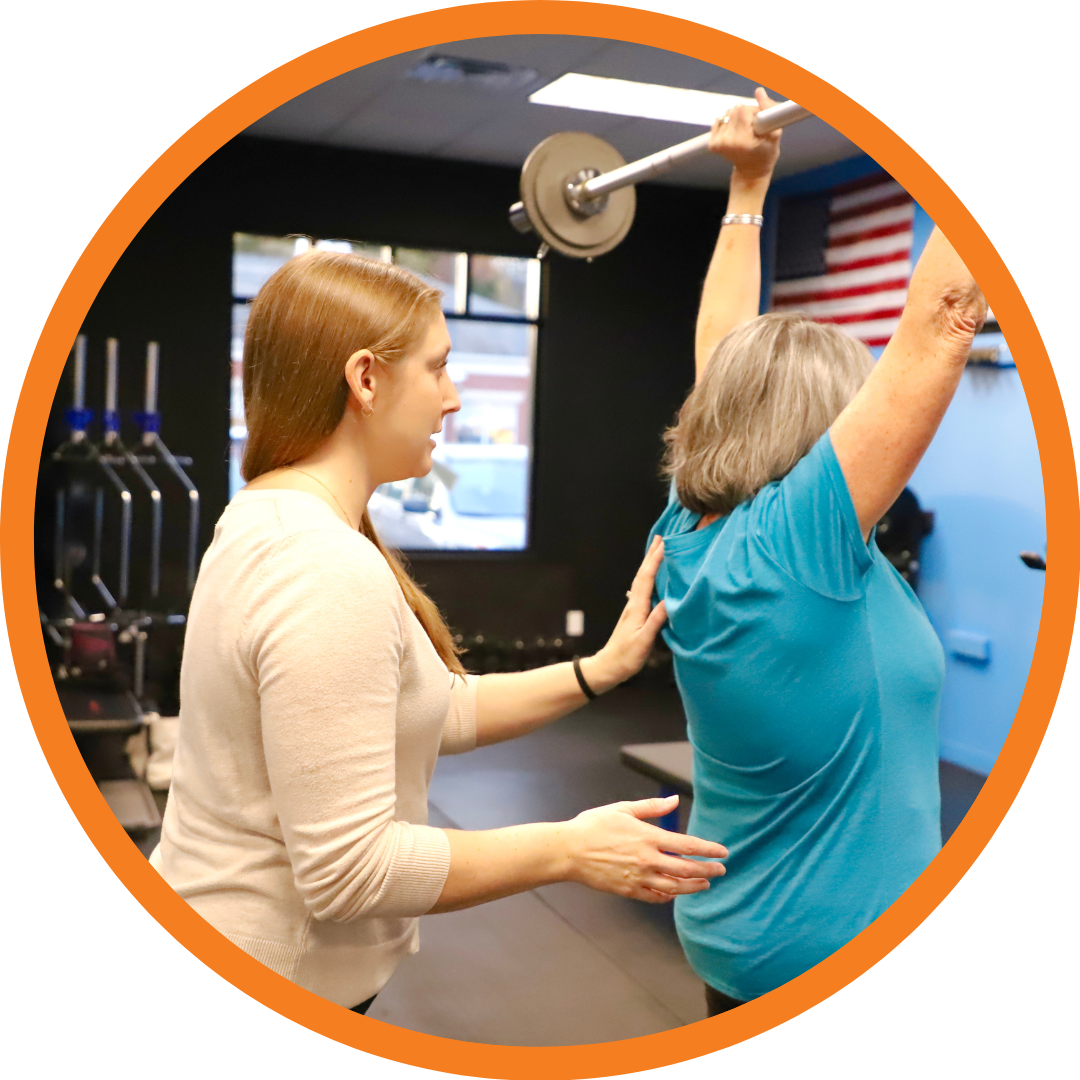Why the Best Physical Therapy Combines Hands-On Treatment and Movement
By Sarah Avery, PT, DPT | Physical Therapist & Therapeutic Yoga Provider | Saratoga Springs, NY
A common question in the world of physical therapy is whether hands-on treatment or exercises are more effective. The truth is, both are essential for a full recovery.
A comprehensive approach that combines manual therapy—such as soft tissue work, trigger point release, joint mobilizations, cupping, and muscle scraping—with therapeutic exercises provides lasting relief, improved movement, and stronger overall function.
The Role of Hands-On Therapy
Manual therapy plays a critical role in pain relief and tissue healing. Whether it’s releasing stubborn knots, mobilizing stiff joints, or promoting circulation with cupping, hands-on care can offer noticeable benefits:
Reducing muscle tension and pain
Improving joint mobility
Increasing blood flow to support healing
Common techniques include:
Trigger point therapy to release tight muscles and alleviate pain
Joint mobilizations to restore range of motion
Cupping to relieve tissue tension and enhance circulation
Muscle scraping (IASTM) to address fascia and promote healing
Manual therapy provides immediate relief, but its effects are temporary if not followed up with targeted exercises. That’s where movement comes in.
Why Movement Is Crucial
Once the body has been eased and mobilized through manual therapy, it’s important to strengthen and re-educate the body through therapeutic exercise. Proper movement patterns build strength, stability, and flexibility—making sure the body doesn’t revert to old habits or injury.
A balanced approach to exercise, including functional movements, yoga, and Pilates-based exercises, helps reinforce healthy patterns. These exercises empower the body to regain its natural strength and resilience.
A Balanced, Holistic Approach to Healing
Many clinics focus solely on manual therapy or exercises, often leaving one piece of the puzzle incomplete. A hands-on approach without proper exercise will only address symptoms in the short term. Similarly, exercises without the manual therapy can sometimes be less effective in the early stages of healing.
A true recovery plan addresses the body as a whole—treating the tissues through manual therapy and guiding the body through the right movements to strengthen and stabilize.
Healing Requires a Whole-Body Approach
Pain and injury are rarely isolated to just one area of the body. Tight hips might affect lower back pain. A stiff neck could be influencing shoulder discomfort. To truly heal, the whole body must be considered, not just the symptom.
A treatment plan that combines manual therapy with therapeutic exercises can help ease pain, increase movement, and restore strength over time.
Ready to Start Your Healing Journey?
If you're dealing with pain or want to enhance your overall movement and strength, a balanced approach to physical therapy might be exactly what you need. Book a one-on-one physical therapy session today to experience how manual therapy and therapeutic exercises can work together to improve your body’s health and function.

